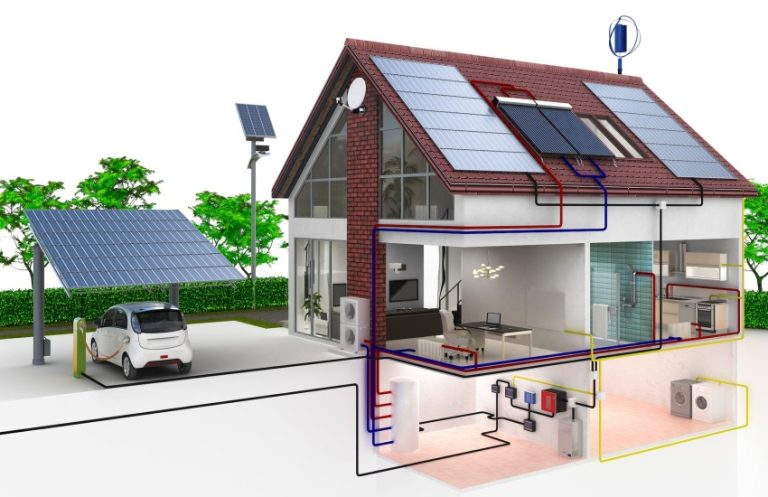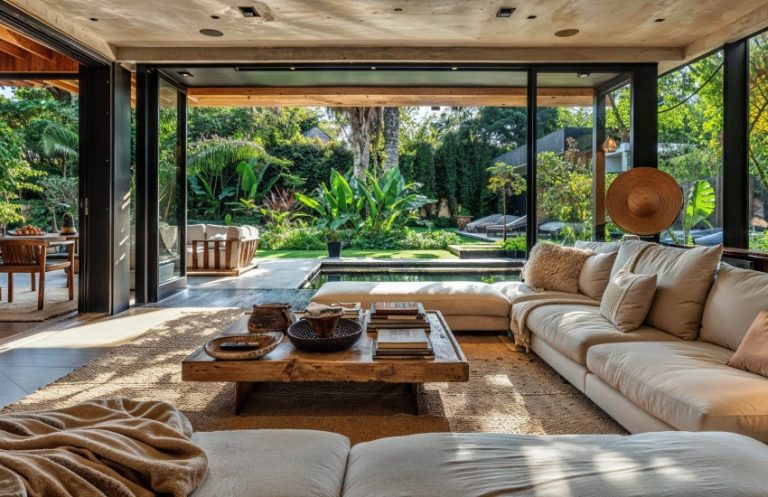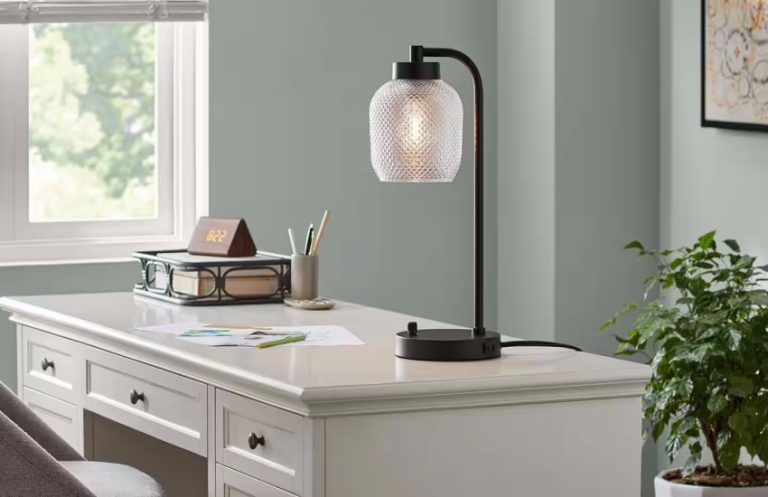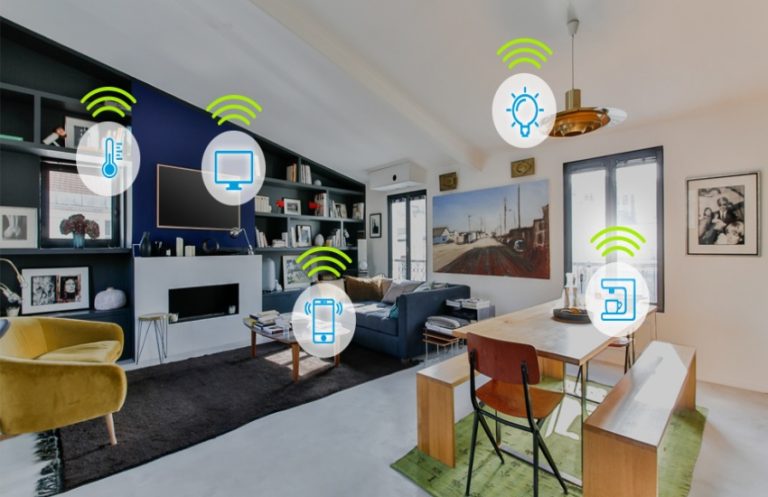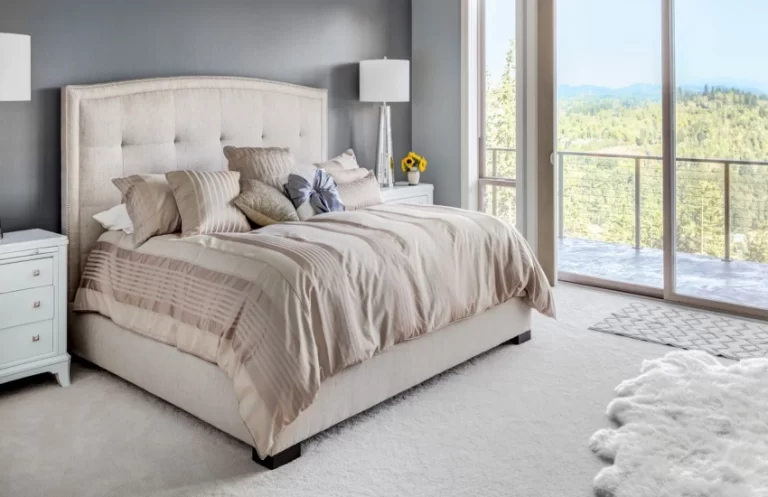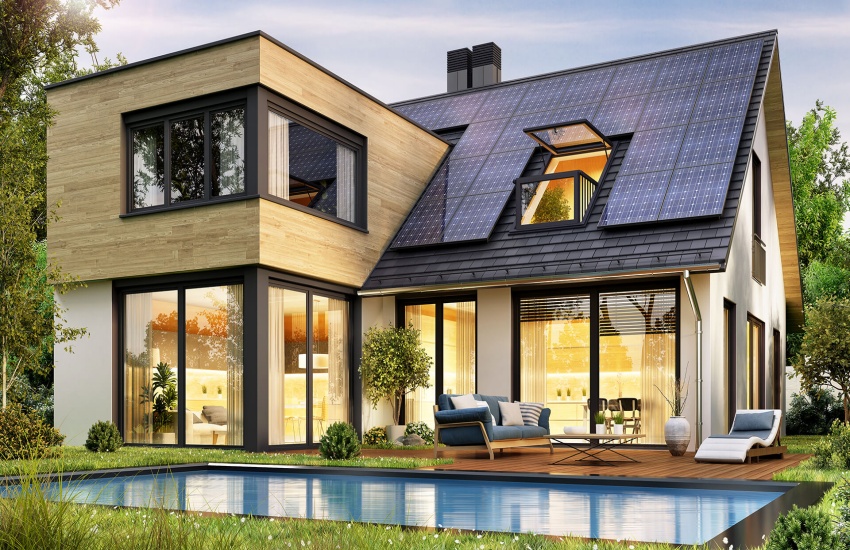
Choosing materials that are renewable and responsibly sourced is a key aspect of sustainability. Bamboo, for instance, is a fast-growing grass that can be harvested without damaging the ecosystem. Its strength and versatility make it an excellent choice for flooring, furniture, and cabinetry. Reclaimed wood is another popular option, as it repurposes materials from old buildings, reducing the need for new timber and preserving forests. These materials not only contribute to sustainability but also add unique character and charm to homes.
Recycled materials are gaining traction in the construction industry. Utilizing products made from recycled content can significantly reduce the carbon footprint of a home. For example, recycled glass can be used in countertops and tiles, offering a stunning aesthetic while minimizing waste. Similarly, recycled metal can be incorporated into roofing and siding, providing durability and longevity. Homeowners can take pride in using materials that contribute to a circular economy, where resources are reused and repurposed rather than discarded.
Low-VOC and non-toxic materials are essential for maintaining indoor air quality. Many traditional building materials release volatile organic compounds that can harm health over time. Opting for paints, finishes, and adhesives that are low in VOCs ensures a healthier living environment. Natural materials such as clay, lime, and natural fibers can be used in place of synthetic options, providing beauty and functionality without the associated health risks.
Energy-efficient materials play a significant role in reducing a home’s energy consumption. Insulation made from sustainable materials can help maintain comfortable temperatures while minimizing reliance on heating and cooling systems. For instance, sheep’s wool and recycled denim insulation are effective and environmentally friendly alternatives to traditional fiberglass insulation. Additionally, energy-efficient windows and doors can significantly reduce heat loss, contributing to overall energy savings.
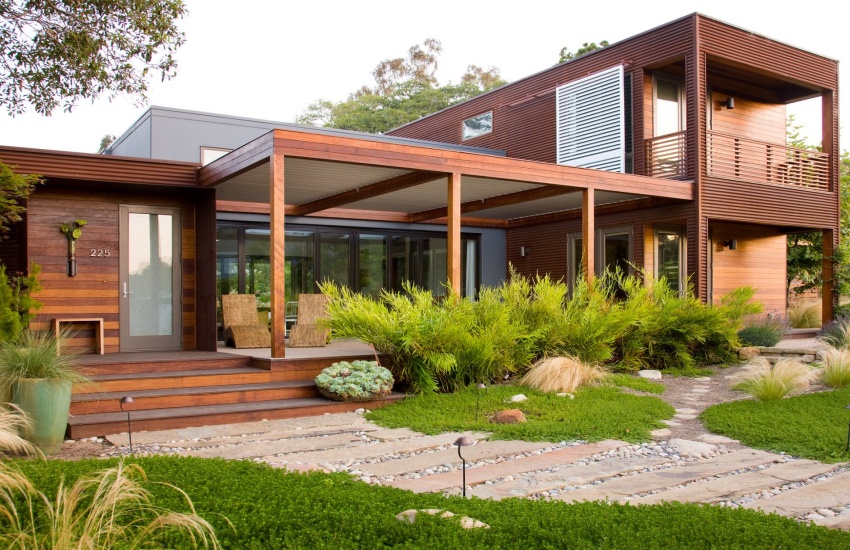
Landscaping choices also benefit from sustainable materials. Native plants require less water and maintenance, making them ideal for eco-friendly gardens. Hardscaping materials such as permeable pavers can reduce runoff and promote groundwater recharge. Incorporating compost and organic mulch into garden beds enhances soil health while minimizing the need for chemical fertilizers.
Investing in sustainable materials may have upfront costs, but the long-term benefits often outweigh these initial expenses. Homes built with sustainable materials tend to have lower utility bills, reduced maintenance costs, and increased property values. Furthermore, the positive impact on the environment contributes to a healthier planet for future generations.
Educating oneself about sustainable options can empower homeowners to make informed choices. Researching local suppliers and manufacturers can uncover a wealth of resources dedicated to providing sustainable materials. Engaging with professionals who specialize in sustainable design can also lead to innovative solutions tailored to individual needs.
Embracing sustainable materials in home design and renovation not only fosters a healthier living environment but also reflects a commitment to environmental stewardship. By prioritizing these materials, homeowners can create spaces that are beautiful, functional, and aligned with their values. This shift towards sustainability is essential for building a better future for both individuals and the planet.

